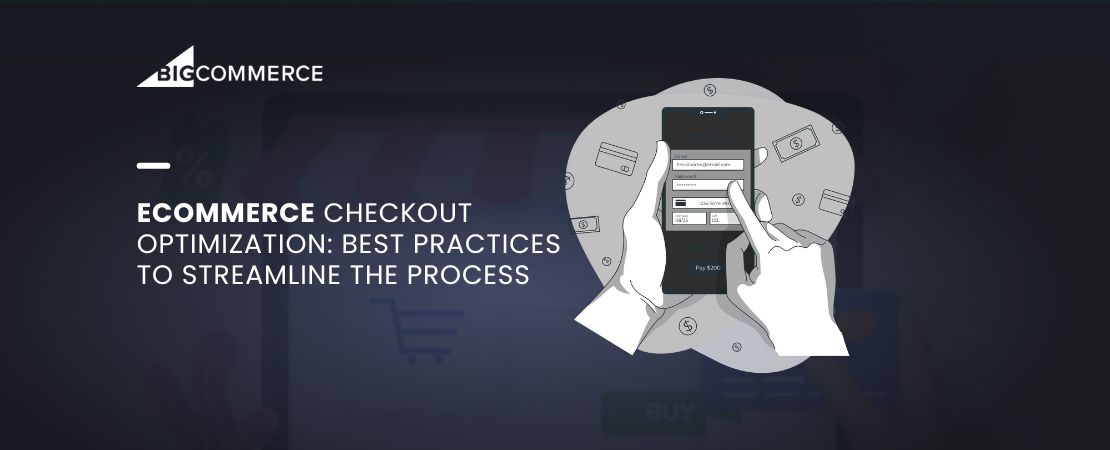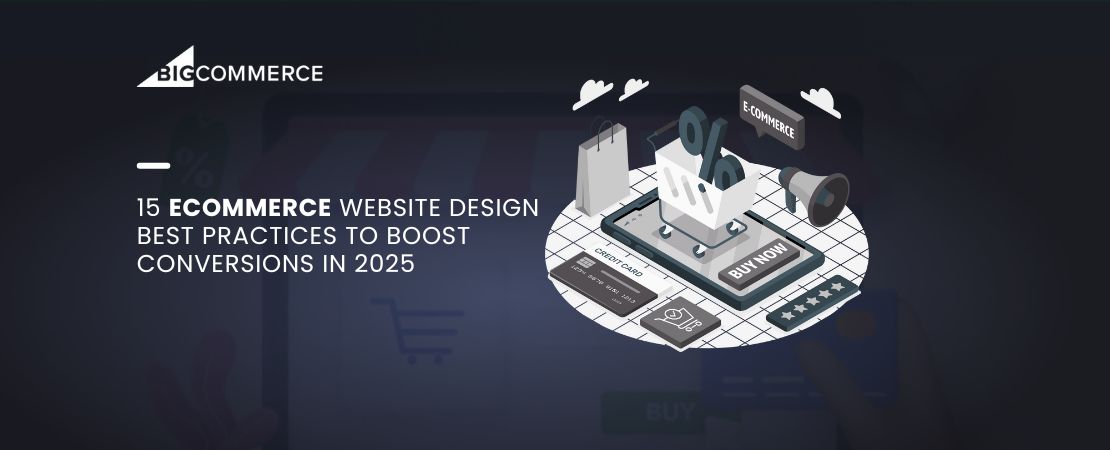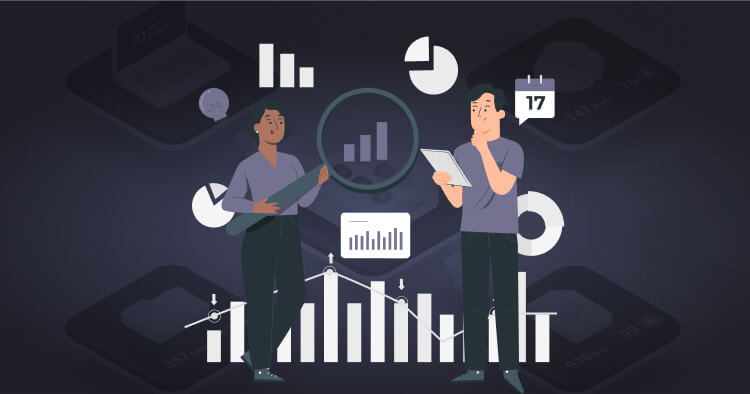When it comes to eCommerce, the checkout process is one of the most critical stages in a customer’s buying journey. A complicated or slow checkout can lead to abandoned carts and lost sales. On the other hand, a smooth, efficient checkout experience can boost conversions and encourage repeat purchases.
If you’re using a SaaS eCommerce platform, you’re already equipped with a range of tools that can help optimize the checkout experience. But to truly maximize its potential, there are some best practices to follow. Let’s dive into some practical ways to simplify your checkout process and improve overall performance.
Read Also: The Future of Customization – Why Your eCommerce Store Needs Composable Commerce
1. Keep it Simple
1.1. Fewer Steps, Better Experience
The goal here is to make the process as short as possible. Every additional step or page can make customers hesitate. Ideally, a customer should be able to complete the checkout within one or two clicks from their cart. If you’re using multiple steps, make sure they’re easy to follow, with clear progress indicators so the customer knows how much is left.
1.2. Offer Guest Checkout
Not every customer wants to go through the hassle of creating an account just to make a purchase. In fact, requiring account creation can be a huge turnoff for first-time buyers. Instead, offer a guest checkout option. You can always invite them to create an account after they’ve made their purchase, perhaps by highlighting the benefits like faster checkouts next time or easy order tracking.
1.3. Autofill and Address Suggestions
Autofill is a lifesaver, especially on mobile devices where typing is more tedious. With autofill and address suggestions enabled, customers can complete their checkout quickly and accurately. Many SaaS platforms provide these features, so take advantage of them to make the process as quick and painless as possible.
1.4. Mobile-Friendly Design
More and more customers are shopping from their smartphones. If your checkout page isn’t optimized for mobile devices, you could be losing a significant chunk of potential sales. Make sure your checkout form is responsive, easy to navigate, and free of any pinch-and-zoom requirements. Buttons should be large enough to click, and fields easy to fill out on smaller screens.
2. Eliminate Distractions
2.1. Clean, Focused Layout
Once the customer is at checkout, your job is to help them finish the purchase without distractions. Avoid using pop-ups, banners, or unrelated links. The page should have a simple layout that keeps the focus on completing the sale, with a clear call-to-action (CTA) like “Complete Purchase” or “Place Order.”
2.2. Show Progress
If your checkout process has multiple steps (like shipping, billing, payment), show customers how far along they are with progress indicators. This helps reduce uncertainty and reassures them that they’re almost done, making it more likely they’ll complete the purchase.
3. Transparency is Key
3.1. No Hidden Costs
Unexpected fees, like extra shipping or taxes, are one of the top reasons for abandoned carts. Make sure all costs are visible upfront. Many SaaS platforms allow you to show shipping and tax estimates right in the cart, so customers aren’t surprised at the last moment.
3.2. Offer Multiple Shipping Options
Giving customers choices in shipping (standard, expedited, etc.) can increase satisfaction. While some customers prefer free shipping, others may want their order as soon as possible and are willing to pay extra. Offering various options accommodates different needs.
3.3. Incentivize Higher Purchases
If it makes sense for your business, offering free shipping on orders above a certain amount can encourage customers to spend a little more to meet the threshold. This tactic not only increases the average order value but also reduces the likelihood of abandoned carts due to high shipping costs.
4. Payment Options Matter
4.1. Offer Multiple Payment Methods
Not everyone wants to pay with a credit card. Some customers prefer digital wallets like Apple Pay or Google Pay, while others might want to use PayPal. Offering a range of payment methods can increase the chances of a completed purchase. Fortunately, most SaaS platforms integrate with various payment gateways, making this easy to set up.
4.2. Make Payment Easy
Simplify the payment process by using features like automatic card-type detection or saved payment information for returning customers. The less time they spend entering their details, the faster they can check out.
4.3. Build Trust with Security Badges
Customers want to know that their payment information is safe. Display trust symbols such as SSL certificates, PCI compliance badges, or payment security icons to reassure them. Most SaaS platforms offer robust security features, so it’s just a matter of communicating that clearly on the checkout page.
5. Streamline Account Creation and Login
5.1. Social Logins
Giving customers the option to log in using their Facebook, Google, or other social accounts can save time and reduce friction. It’s fast, secure, and eliminates the need for remembering another password.
5.2. Password-less Logins
Password fatigue is real. Many SaaS platforms now offer the option for customers to log in without a password—either by sending them a magic link via email or a one-time code. This speeds up the process and removes a common pain point for users.
6. Cater to International Customers
6.1. Multi-Currency and Language Options
If your store attracts international customers, make sure your checkout process supports different currencies and languages. Offering localized experiences can help customers feel more comfortable completing their purchase. SaaS platforms typically have built-in features to manage multi-currency and language preferences.
6.2. Clear International Tax and Shipping
International orders can get tricky with taxes, duties, and shipping fees. Make sure these are calculated and displayed clearly to avoid any surprises at checkout. Many SaaS platforms offer automated solutions for this, so take advantage of them to make the process smooth for global customers.
7. Recover Abandoned Carts
7.1. Exit-Intent Popups
If a customer is about to leave the checkout page, an exit-intent popup can remind them of their items or even offer an incentive to stay, like a discount or free shipping. It’s a gentle nudge that can convince them to complete their purchase.
7.2. Automated Cart Recovery Emails
Most SaaS platforms have built-in tools for sending cart recovery emails to customers who abandon their carts. A friendly reminder with the cart contents and perhaps a small offer can go a long way in recovering lost sales.
8. Test and Improve Continuously
8.1. A/B Testing
Not every checkout solution works for every store. Use A/B testing to experiment with different checkout layouts, button placements, or copy. Many SaaS platforms offer integrations for A/B testing tools, so you can find what works best for your audience.
8.2. Track Checkout Performance
Keep an eye on your checkout analytics to see where customers are dropping off. Maybe a particular form field is confusing, or the payment gateway isn’t working for some users. Regularly reviewing this data can help you identify and fix friction points in your checkout process.
How Folio3 Can Help You Achieve These Best Practices
Folio3, with over two decades of experience in eCommerce development, can be your trusted partner in implementing these checkout optimization strategies. Their deep understanding of SaaS eCommerce platforms, combined with their innovative approach, makes them well-equipped to streamline your checkout process. Folio3 specializes in delivering growth-centric solutions that not only help you optimize the customer journey but also leverage the power of Artificial Intelligence to enhance both front-end user experiences and backend operations.
Whether it’s simplifying your checkout flow, integrating multiple payment options, or providing cutting-edge AI tools for personalized cart recovery and data-driven optimization, Folio3 offers tailor-made solutions that will help your business stay ahead of the competition. Their passion for creating seamless, value-driven eCommerce experiences ensures that your customers enjoy a hassle-free, efficient checkout, boosting your conversions and overall customer satisfaction.
By partnering with Folio3, you can ensure that your eCommerce platform is not just optimized for today, but also future-proofed for tomorrow’s innovations.
Read Also: How to Create a eCommerce Website to Sell Products in Australia
Final Thoughts
Optimizing your checkout process is about making it as easy and quick as possible for customers to complete their purchase. By reducing friction, offering more options, and using built-in tools from your SaaS eCommerce platform, you can ensure a smooth and satisfying experience. Keep testing and tweaking, and you’ll see the results in the form of higher conversions and happier customers.




